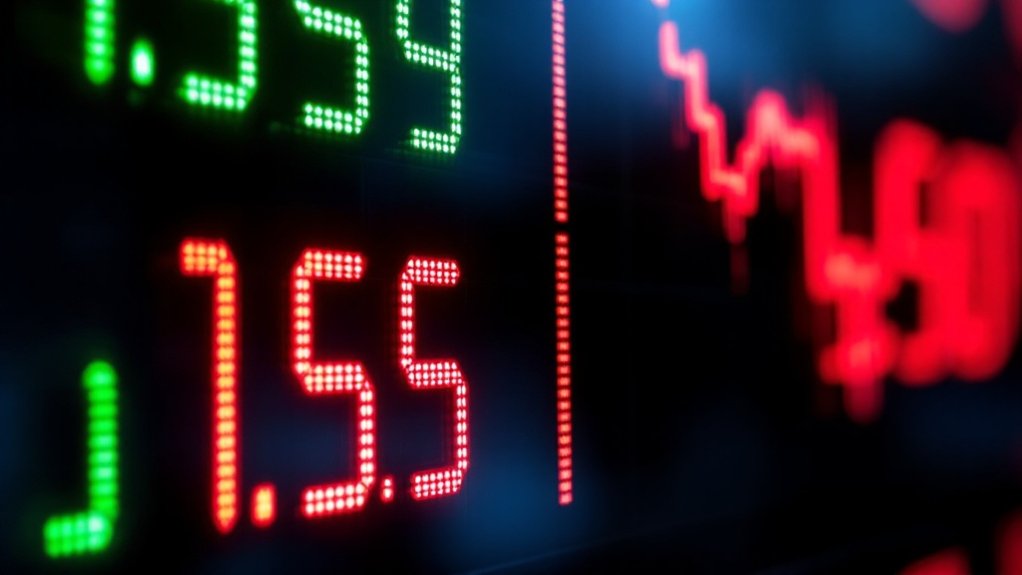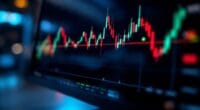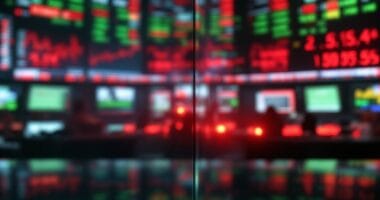The bid/ask spread is the gap between what buyers will pay and what sellers demand for an asset – basically a hidden trading fee that silently eats away profits like a financial tapeworm. It’s wider for obscure penny stocks but razor-thin for popular blue chips and major forex pairs. Market makers love it, traders hate it. Spreads expand during volatile times and market chaos. Understanding this invisible enemy is essential for anyone stepping into the trading arena.

The bid/ask spread is the unsung villain of trading costs. It lurks in every transaction, silently eating away at profits like a financial tapeworm. Simply put, it’s the difference between what buyers will pay and what sellers will accept. And yes, it’s as frustrating as it sounds.
The bid/ask spread is every trader’s invisible enemy, siphoning profits while hiding in plain sight within each market transaction.
Market makers live in this gap between bid and ask prices. They’re the middlemen who keep markets flowing, buying at the bid and selling at the ask. It’s a sweet deal for them – they pocket the difference. For everyone else? Not so much. The spread is basically a hidden fee, masquerading as part of the trading process. Market order execution prices often result in higher transaction costs compared to the midpoint of the spread.
Liquidity plays a massive role in how wide these spreads get. Popular stocks? Tiny spreads. Obscure penny stocks? The spread might make you wince. Forex markets display the tightest spreads of all asset classes. It’s simple supply and demand – more traders mean tighter spreads. When markets are liquid, spreads shrink faster than a wool sweater in hot water. Understanding spreads is crucial for portfolio diversification as it affects the overall cost of building a balanced investment strategy across different asset classes.
Volatility throws another wrench into the works. When markets get jumpy, spreads widen like a mouth at the dentist. Market makers aren’t stupid – they protect themselves from uncertainty by increasing their profit margin. This means wider spreads during market chaos, exactly when many traders are most active.
The time of day matters too. Spreads tend to be wider at market open and close, when trading is most hectic. It’s like rush hour traffic – everyone’s trying to get somewhere at once, and it costs more to navigate the chaos.
Different asset classes have different typical spreads too. Blue-chip stocks? Generally tight. Exotic currency pairs? Not so much.
There are different ways to measure these spreads – quoted, effective, and realized. But for most traders, the quoted spread is what matters most. It’s right there on the screen, a constant reminder that nothing in markets comes free. Every trade has its price, and the bid/ask spread is part of the toll you pay to play.
Frequently Asked Questions
How Do Market Makers Profit From Bid-Ask Spreads?
Market makers generate profits by consistently buying securities at lower bid prices and selling at higher ask prices, earning the difference between these prices across numerous transactions throughout trading sessions.
What Causes Bid-Ask Spreads to Widen During Market Volatility?
Bid-ask spreads widen during market volatility due to increased risk, reduced liquidity, and market makers’ need to protect against potential losses while managing complex hedging requirements in uncertain conditions.
Does the Bid-Ask Spread Affect Day Trading Strategies?
Bid-ask spreads greatly impact day trading strategies by affecting transaction costs and profit margins. Wider spreads increase trading expenses, while tighter spreads enable more frequent trades and better execution opportunities.
Are Bid-Ask Spreads Different in Forex Compared to Stock Markets?
Forex markets typically maintain tighter bid-ask spreads than stock markets due to higher liquidity, 24-hour trading, and multiple market makers competing to provide competitive pricing.
Can Individual Investors Negotiate Better Bid-Ask Spreads With Their Brokers?
Individual investors cannot directly negotiate bid-ask spreads with brokers since these are determined by market forces, liquidity conditions, and market makers rather than individual broker preferences.





